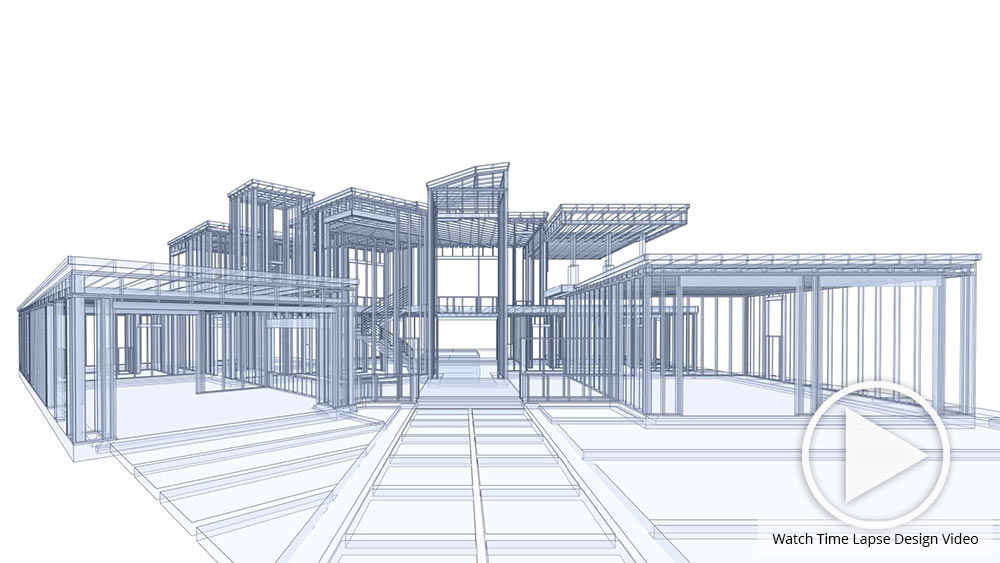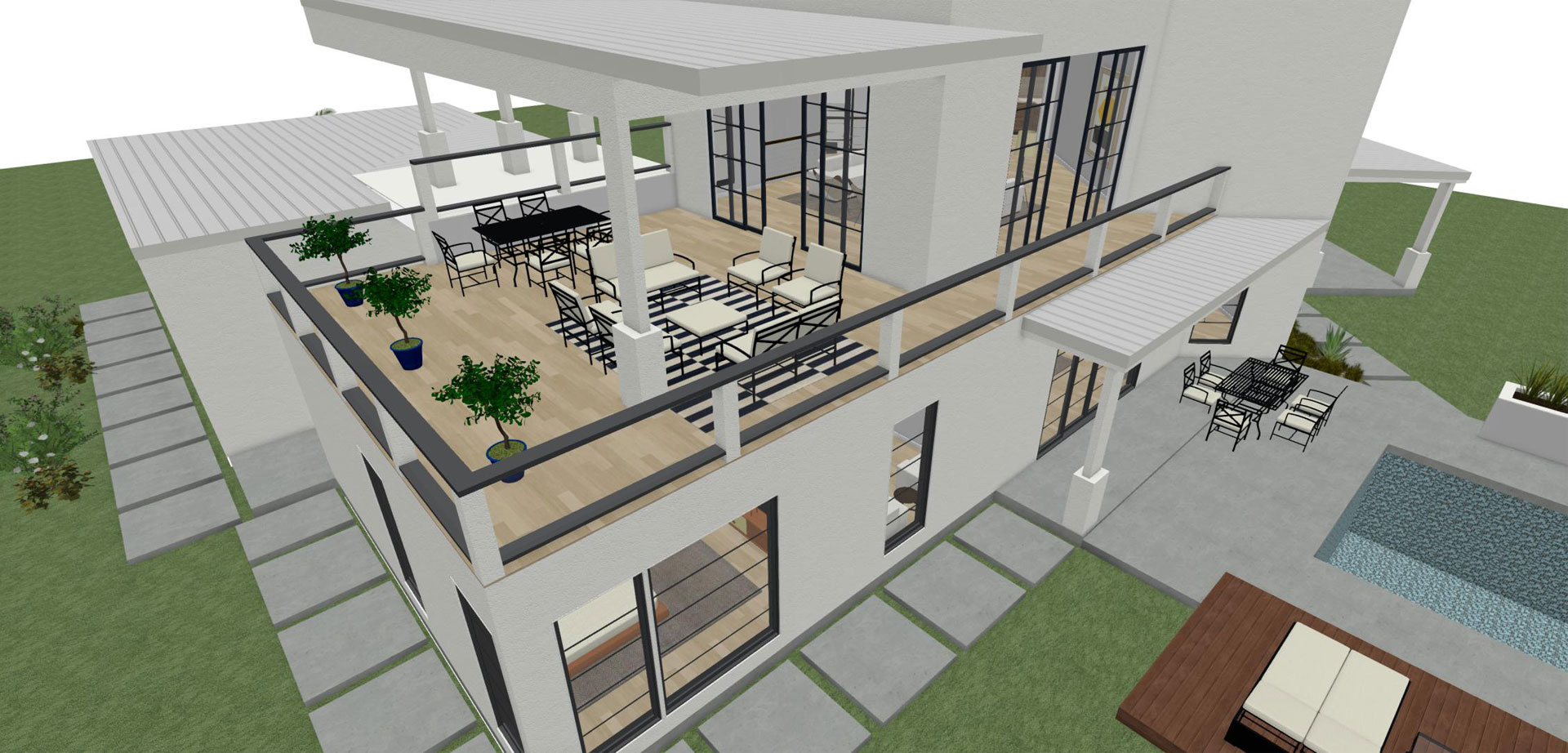The Creative Process Behind Successful Jobs from CDA Architects
The Creative Process Behind Successful Jobs from CDA Architects
Blog Article
A Comprehensive Summary of Architectural Designs and Their Influence on Modern City Planning and Advancement
Building designs have long offered as a mirror to the social worths and technological improvements of their time, playing a vital duty in shaping modern-day city preparation and growth. From the splendour of Neoclassicism to the practical strategy of Brutalism, each style has actually presented one-of-a-kind principles that affect metropolitan appearances and capability.

Historical Introduction of Building Designs
Throughout history, architectural designs have actually developed in feedback to social, technical, and ecological aspects. Each duration mirrors the dominating worths, beliefs, and improvements of its time, bring about a rich tapestry of style that signifies human creativity and adjustment. The ancient worlds, such as the Egyptians and Greeks, developed fundamental designs that emphasized proportion and percentage, offering both practical and visual purposes.
As societies transitioned through the Center Ages, Gothic architecture arised, characterized by its verticality and detailed detailing, matching the spiritual aspirations of the period. The Renaissance noted a revival of classic suitables, merging art and architecture in cutting-edge methods that affected subsequent designs throughout Europe.
The Industrial Change presented brand-new materials and building techniques, motivating motions like Innovation, which tested traditional types and accepted simpleness and performance. The 20th century saw a diversity of styles, with Postmodernism reacting versus the stark minimalism of its precursor, incorporating historical referrals and diverse elements.
Today, architectural styles continue to progress, driven by globalization and sustainability worries, mirroring a dynamic interplay between heritage and development (cda architects). This historic review highlights the relevance of style as a mirror of social development and as a driver for metropolitan advancement
Key Architectural Styles Explained
The diversity of architectural designs mirrors the myriad impacts that form our developed atmosphere, each embodying distinct qualities and cultural significances. Trick building designs include Classic, Gothic, Baroque, Innovation, and Postmodernism, each standing for one-of-a-kind historic contexts and visual ideologies.
Classical style, rooted in ancient Greece and Rome, emphasizes symmetry, percentage, and the use of columns. On the other hand, Gothic architecture, flourishing between Ages, is characterized by pointed arcs, ribbed vaults, and flying buttresses, producing an aerial high quality in cathedrals. Baroque style, emerging in the 17th century, is noted by magnificence, fancy ornamentation, and a vibrant interplay of light and darkness.
Modernism, which obtained energy in the early 20th century, focuses on function over kind, using new products like steel and glass to create minimal structures. Postmodernism, responding against the austerity of Innovation, embraces eclecticism and historic reference, often integrating playful aspects and paradox.
Comprehending these designs offers understanding into the cultural stories and technical improvements of their particular eras, highlighting exactly how architecture offers not equally as a sanctuary, but as a representation of societal values and ambitions.
Effect on Urban Preparation
Fit the development of cities, building styles substantially influence metropolitan preparation decisions. The option of building style frequently dictates the appearances, functionality, and general personality of city atmospheres. cda architects. Innovation, with its emphasis on minimalism and functionality, urges open spaces and the integration of innovation, shaping city designs that prioritize efficiency and availability. Alternatively, traditional styles might highlight historic preservation, resulting in metropolitan layouts that preserve cultural heritage and promote pedestrian-friendly settings.
Moreover, architectural designs can affect zoning policies and land make use of policies. Urban planners have to take into consideration the prevailing architectural patterns when developing areas, making sure that new growths balance with existing structures. This factor to consider promotes natural city landscapes and improves area identification.
The application of specific building designs can likewise affect socioeconomic elements within a city. High-end modern layouts might attract upscale homeowners and businesses, leading to gentrification, while a lot more affordable housing options might prioritize useful and lasting designs to fit varied populaces. Ultimately, the interplay between building designs and urban preparation creates dynamic cities that reflect both historic context and modern demands, shaping the lived experiences of their inhabitants.
Sustainability and Modern Style

Contemporary building movements, such as biophilic style and green design, supporter for structures that integrate with their surroundings, using all-natural materials and advertising biodiversity. These designs continue reading this typically include renewable resource sources, such as solar panels and wind generators, to reduce reliance on fossil gas and lower carbon footprints.
In addition, the integration of sophisticated modern technologies, such as wise structure systems, boosts energy management, enhancing source use while guaranteeing owner comfort. Ingenious water management techniques, consisting of rain harvesting and greywater recycling, more add to lasting city environments.
Notably, sustainability extends beyond environmental worries; it incorporates social and financial measurements. By cultivating area well-being and promoting inclusivity, contemporary architectural styles line up with sustainable advancement objectives. The evolution of architectural practices proceeds to form resistant cities that not only fulfill the requirements of the present but likewise secure the future for generations to come.
Area Interaction in Style
Area interaction in style works as an essential bridge in between designers and the populations they offer, making certain that the built atmosphere reflects the requirements and desires of its customers. This collaborative procedure welcomes neighborhood members to add their insights and preferences, promoting a feeling of possession and responsibility towards the spaces they populate.
Reliable neighborhood interaction employs numerous methods, such as workshops, studies, and public forums, to collect varied viewpoints. These methods facilitate a two-way dialogue, enabling designers to recognize local contexts while empowering locals to voice their issues and needs. This inclusivity not just enhances the style top quality yet this link also advertises social equity by resolving the special difficulties faced by marginalized teams.
Additionally, neighborhood interaction can bring about cutting-edge remedies that may not arise in a traditional style procedure. By integrating neighborhood knowledge and social worths, engineers can develop rooms that resonate more deeply with customers, boosting functionality and sustainability. Ultimately, focusing on neighborhood engagement in style processes leads to environments that nurture social communications, assistance wellness, and reinforce area ties, consequently playing a click to read more crucial function in forming modern-day city landscapes.
Verdict
Architectural designs have actually greatly affected modern city preparation and growth, mirroring progressing social and technological contexts. The integration of historical appearances with contemporary requirements fosters city atmospheres that prioritize sustainability and community involvement. As cities continue to grow and adapt, the recurring discussion in between architectural heritage and modern style concepts will continue to be important in producing inclusive, vibrant spaces that improve top quality of life and promote social equity. The future of metropolitan development depend upon this unified equilibrium.
Report this page